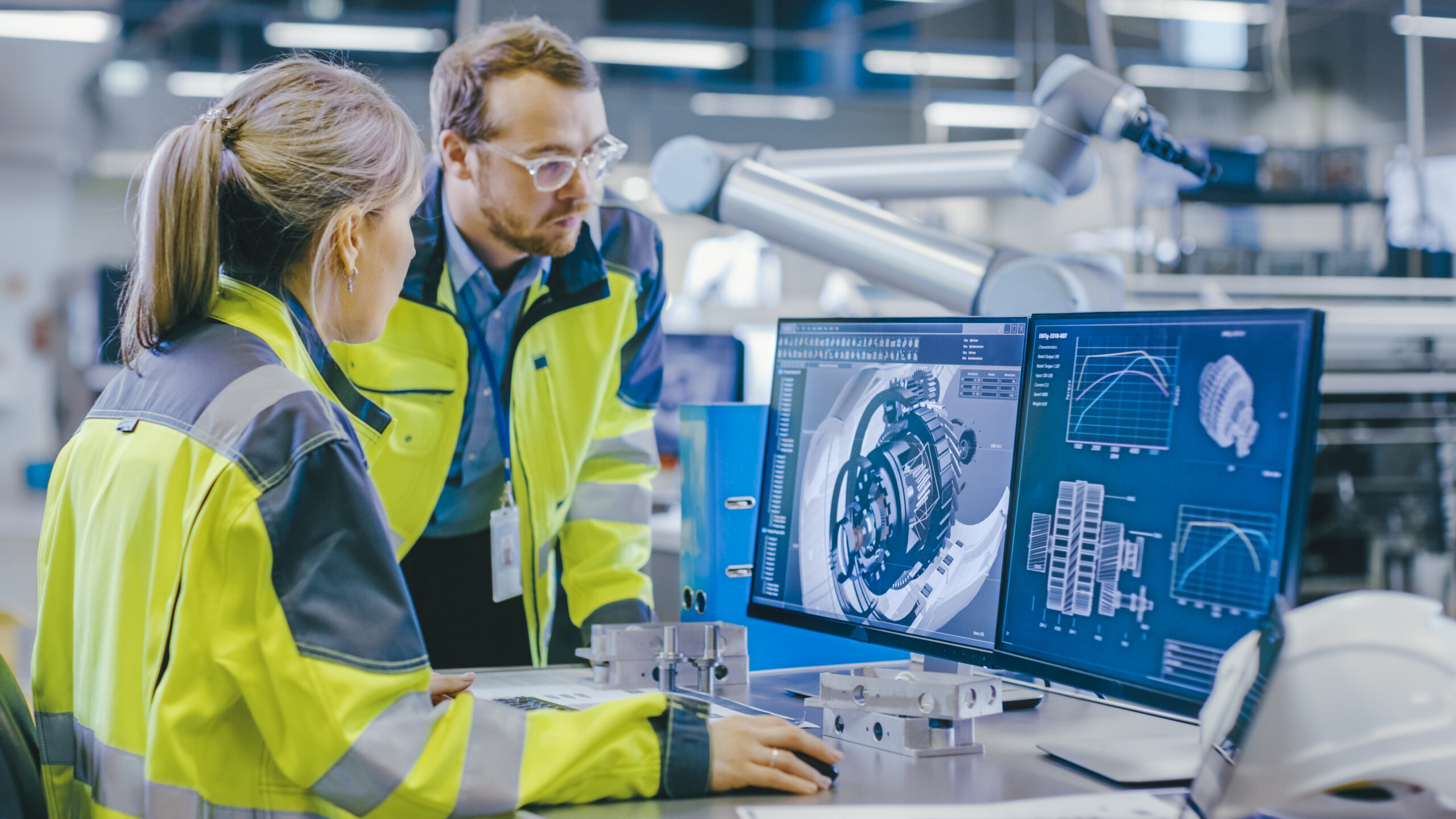The digital twin enables sustainable design

Sustainability is seen more and more as a necessary success metric for businesses around the world. Some are led to this conclusion by incentives and regulations enacted by the United States’ Inflation Reduction Act and the European Union’s continued legislation to restrict harmful practices. Other businesses are flocking to sustainable product development because they see it as a long-term financial necessity for their business. Whatever the avenue to get there, it will be important to understand the goals of a sustainable product from the very beginning and design the product, manufacturing, supply chain, and lifecycle with that intent.
This can seem a difficult task for many businesses already dealing with complex product designs and production processes. Fortunately, the methodology for tackling this added complexity already exists as a part of a digital twin approach to design. Within a digital twin engineering method, there are three important concepts to understand, which together define the collective intelligence of the product:
- A system-of-systems approach to understand the product’s environmental impact across its whole lifecycle
- Connected industrial ecosystems to quantify the carbon intensity and resource utilization up and down the value chain
- Defining holistic sustainability indicators to optimize various sustainability parameters alongside traditional requirements
For more information on what these ideas would look like in deployment, I’d recommend reading our whitepaper on sustainable design, co-authored by Reuters. But the important component discussed here is how collective intelligence is established using digital technologies and the digital twin.
Driving sustainable design with the digital twin
Collective intelligence requires the application of the digital twin as a virtual representation of the real product to provide a seamless flow of data for continuous optimization. Continuity of understanding across many different facets of product design enables confident decision making on how to best apply resources, reduce waste, and lower CO2 emissions in the earliest stages of development. The models created as part of the digital twin are used to simulate, predict, and optimize the product before investing capitol and resources in physical prototypes and assets.
In design, a digital twin like this has tremendous value. It allows almost unlimited design freedom and variation as so few resources are invested compared to physical prototyping. Rather than solely using experience and intuition to select a handful of viable designs, designers can be more creative and lean on the rapid iteration and improvement afforded by the digital twin methodology to unleash their innovations. New ideas and lower-risk innovation will be invaluable to designing the sustainable products for tomorrow.
As an example of the importance of collective intelligence to a designer, they could be updating the design of an existing complex product – say a light rail train for instance. They might have information on the repair and replacement schedules of a wear part like brake pads, and are looking to prolong the lifetime of these components to reduce maintenance costs while retaining safety standards. Changing the pad material might extend the usable life, but does it impact the braking force needed? Will the hydraulic system be able to handle the change in pressure? Does the new material interact with the break rotor such that it cannot be easily remanufactured or recycled? What is the environmental impact of sourcing this new material and manufacturing it into the correct form? All of these kinds of questions are more easily answered when understanding and data can flow across an entire and supply chain.
But this is not a theoretical benefit to designers and manufacturers. The British startup Cox Marine was able to design and engineer a marine outboard engine that was 25 percent more fuel-efficient and that lasted 3 times longer than comparable models. This was possible because of the digital tools they deployed with our help. The end-to-end digitalized design and development process also established a highly accurate digital twin of the engine for iteration and design improvement. This digital approach meant they only needed to create one prototype, rather than the 24 required by their previous workflow. This saved them the resource costs of creating the prototypes, months of development time, and hundreds of thousands of pounds sterling in costs.
Sustainable design is the future
Many organizations are only beginning to scratch the surface of what sustainability will mean to their business. But by leveraging the power of collective intelligence others are seeing the results today. Sustainability is not a simple goal that can be reached, just like the more traditional business drivers of cost, quality, and time. Sustainability is a continuously evolving goal to be balanced with other business goals, as value chains change, new technologies are developed, and our understanding of environmental impact grows.
For more information on how sustainability and the digital twin are driving the future of design, be sure to check out our co-authored whitepaper on the subject. Or, visit our website to learn about the other ways sustainability is changing industries around the world.
Siemens Digital Industries Software helps organizations of all sizes digitally transform using software, hardware and services from the Siemens Xcelerator business platform. Siemens’ software and the comprehensive digital twin enable companies to optimize their design, engineering and manufacturing processes to turn today’s ideas into the sustainable products of the future. From chips to entire systems, from product to process, across all industries. Siemens Digital Industries Software – Accelerating transformation.
For more information on Siemens Digital Industries Software products and services, follow us on LinkedIn, Twitter, Facebook and Instagram.


